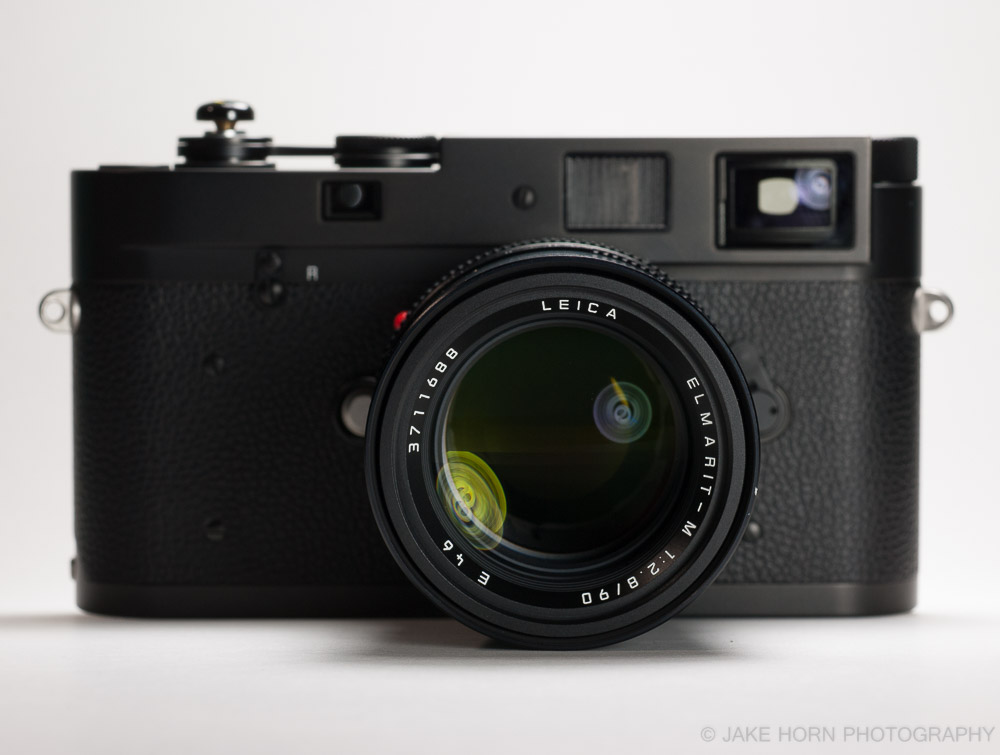When it comes to 35mm cameras, I have been using a Nikon SLR for most of my life. I started off with a N75 and upgraded to a used F4, and eventually a F5. I then picked up some of Nikon's earlier manual cameras, favoring the Nikon F and F3. The meter-less cameras have been such a joy to use. They allow me to concentrate on the subject, rather than different settings. This has positively impacted the photos I take. The one gripe that I have with the Nikon F system is that some of the best lenses available (ie. fast, sharp, low distortion) are just too large. I had the Zeiss Distagon 21mm f/2.8 for landscapes, but ended up selling it because it was just too heavy and consumed too much space for travel and hiking. The ends did not justify the means. I have consistently brought more compact Nikon lenses like the 24mm f/2.8 or 85mm f/1.8 on trips. For landscapes shots, I would opt for a medium format system instead or 35mm since the size and weight of the equipment is comparable.
But there has to be some middle ground right?
In comes the Leica. A brand idea that has intrigued me for years. It promises classic, uncompromised design backed by mechanical precision. I have been told that if you can appreciate a Leica for what it is, then you will undoubtedly love owning and using one. So I finally decided to take the big plunge and start using the 'L' word.
No big red dot
So where do I begin? Three considerations received great deliberation during the decision making process...
NEW vs USED: While there are many options out there for used Leicas, I opted for new. A used Leica in good shape would still cost a bit of coin and a proper CLA would need to be performed. I have always liked the M3 and M2 for their classic looks and purely mechanical operation, but the same can be had in a camera that is 60 years younger. The part that finally swayed me towards new was being able to get Lecia products at the current factory discount (12% off). Plus, this will be a camera I have for life, so I should start fresh and know its history inside and out.
MP vs MA: So now that I decided to buy new, which camera do I go with? The Leica M7 was out immediately since I wanted a fully manual camera. I did not want the temptation to fall back on aperture priority. The Leica M-A won over the MP due to a cleaner look…am I the only one that hates that out of place battery door on the MP? A small fact worth noting is that the MA is slightly cheaper than the MP. I have a few light meters and find that they work well in practice so why pay extra for one? If I'm going to go with a mechanical film camera, I might as well go all the way.
Black chrome around the shutter release
BLACK vs SILVER: Black. Period.
The Leica M-A (TYP 127) has been an absolute joy to use. It really does have all the qualities one has come to expect from a luxury brand. Yes the shutter is quiet. Yes, the camera oozes mechanical quality. Yes the film advance is smooth, in fact, butter wishes it was this smooth. These things have been talked about on Leica forums for as long as the internet has been in 56K, so I won't beat a dead horse. Bottom line is that this camera is extremely well executed in form and function, and it allows me to use compact, high quality lenses while traveling. All the details noted above simply ensure that there isn't an ounce of buyer’s remorse.
Super clean minus the ugly MP/M7 battery door
I would, however, like to address some of the turn offs that others have mentioned about this camera. First off, this issue about the manual film rewind knob. In normal use it's very efficient, and I have not once longed for anything different. It actually rounds out the experience knowing that Leica did not feel the need to further complicate the camera. Having a Voigtlander Bessa IIIW has exposed me to this style of rewind knob for some years now, so I guess I have been desensitize to this style rewind.
Minimal in form and function
The other issue that has been talked about is the absence of a shutter lock. I find that it would be a welcomed addition if it was packaged in a similar fashion as the Nikon F3. But again, it's a feature (or lack of one) that simply takes some time to get used to. If you plan on using a soft release like I do, then you have to be careful not to advance the frame before placing it in your bag. I have not accidentally set off a frame yet, but I have accepted that it will happen one day. I'm over it.
Match Technical soft release
BOTTOM LINE:
If you have the means to purchase a Leica camera, and you love shooting 35mm film, this camera is what you need. In fact, it’s a GAS killer as far as film bodies go. In the future, I will have a hard time pulling out my Nikon F3 with the 85mm f1.8 when I know I can grab the M-A with a 90mm f/2.8 Elmarit-M (Full Review Here)
SCORE = 92
UPDATE: Rangefinder calibration issue. Follow the link for details.
Sample shots:
Leica M-A typ127 | 90mm f2.8 Elmarit-M | Portra 400 @ 250ei
Leica M-A typ127 | 90mm f2.8 Elmarit-M | Portra 400 @ 250ei
Leica M-A typ127 | 90mm f2.8 Elmarit-M | Portra 400 @ 250ei
Leica M-A typ127 | 90mm f2.8 Elmarit-M | Portra 400 @ 250ei











